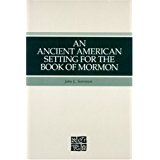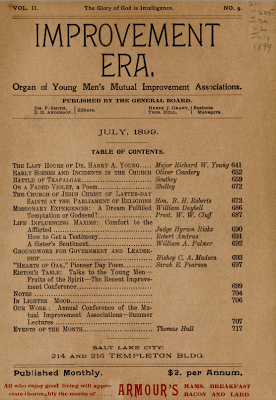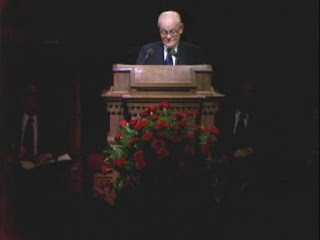We Aren’t God’s Only People
The author, Samuel B. Hislop, writes about “cultivating “holy envy” for other faiths,” noting the contributions of other faiths to our understanding of God. He writes,
“My life’s journey has directed my gaze outward to learn from the leaders and followers of other faiths. I’ve come to appreciate what Swedish theologian Krister Stendahl (1921–2008) called “holy envy”—the ability to admire elements and teachings in other faiths. Our fellow believers see things differently and don’t express their views in the same way we do, and I often find great value in this.”
I highly recommend the article. It led me to a thought relevant to Book of Mormon consensus.
____________________
Brother Hislop quotes this:
“When we see virtuous qualities in men, we should always acknowledge them, let their understanding be what it may in relation to creeds and doctrine; for all men are, or ought to be free. … This doctrine I do most heartily subscribe to and practice” (Teachings of Presidents of the Church: Joseph Smith [2007], 345–46).
Those pages are in the chapter in the manual titled “Living with Others in Peace and Harmony.” You can find it here. It is an extract from a letter Joseph wrote to Gen. James Arlington Bennet. Eliza R.Snow copied the letter into Joseph’s journal. The citation is History of the Church, 5:156, which you can find here. Or, you can read the original source in the Joseph Smith Papers, here.
[Historical note: For those interested in Church history, the link to JSP starts with the famous objection by Gen. James Arlington Bennet to the name of the other Nauvoo newspaper, the Wasp. Bennet wrote, “Mildness should characterise every thing that comes from Nauvoo…” Then he adds, “My respects to your brother its Editor.” Those of you who have read The Lost City of Zarahemla know how this is important.]
________________________
Here is the entire section of Joseph’s letter to Gen. Bennet, dated September 8th, 1842:
You speak also of Elder Lucian Foster, President of the Church in New-York, in high terms: and of Dr. John Bernhisel of New-York. These men I am acquainted with by information; and it warms my heart, to know that you speak well of them; and as you say, could be willing to associate with them forever, if you never joined their church, or acknowledged their faith.
This is a good principle; for when we see virtuous qualities in men, we should always acknowledge them, let their understanding be what it may in relation to creeds and doctrine; for all men are, or ought to be free; possessing unalienable rights, and the high, and noble qualifications of the laws of nature and of self-preservation; to think, and act, and say as they please; while they maintain a due respect to the rights and privileges of all other creatures; infringing upon none.
This doctrine I do most heartily subscribe to, and practice; the testimony of mean men, to the contrary, notwithstanding. But Sir, I will assure you, that my soul soars far above all the mean and grovelling dispositions of men that are dispos’d to abuse me and my character; I therefore shall not dwell upon that subject.
In relation to those men you speak of, referred to above; I will only say that there are thousands of such men in this church; who, if a man is found worthy to associate with, will call down the envy of a mean world, because of their high and noble demeanor; and it is with unspeakable delight that I contemplate them as my friends & brethren. I love them with a perfect love; and I hope they love me, and have no reason to doubt but they do.
__________________________
I hope this is the spirit in which we all view one another as we work through the various issues related to Book of Mormon historicity/geography and, one day, reach a consensus that will enable us to flood the Earth with the Book of Mormon like never before.
Source: Book of Mormon Concensus














